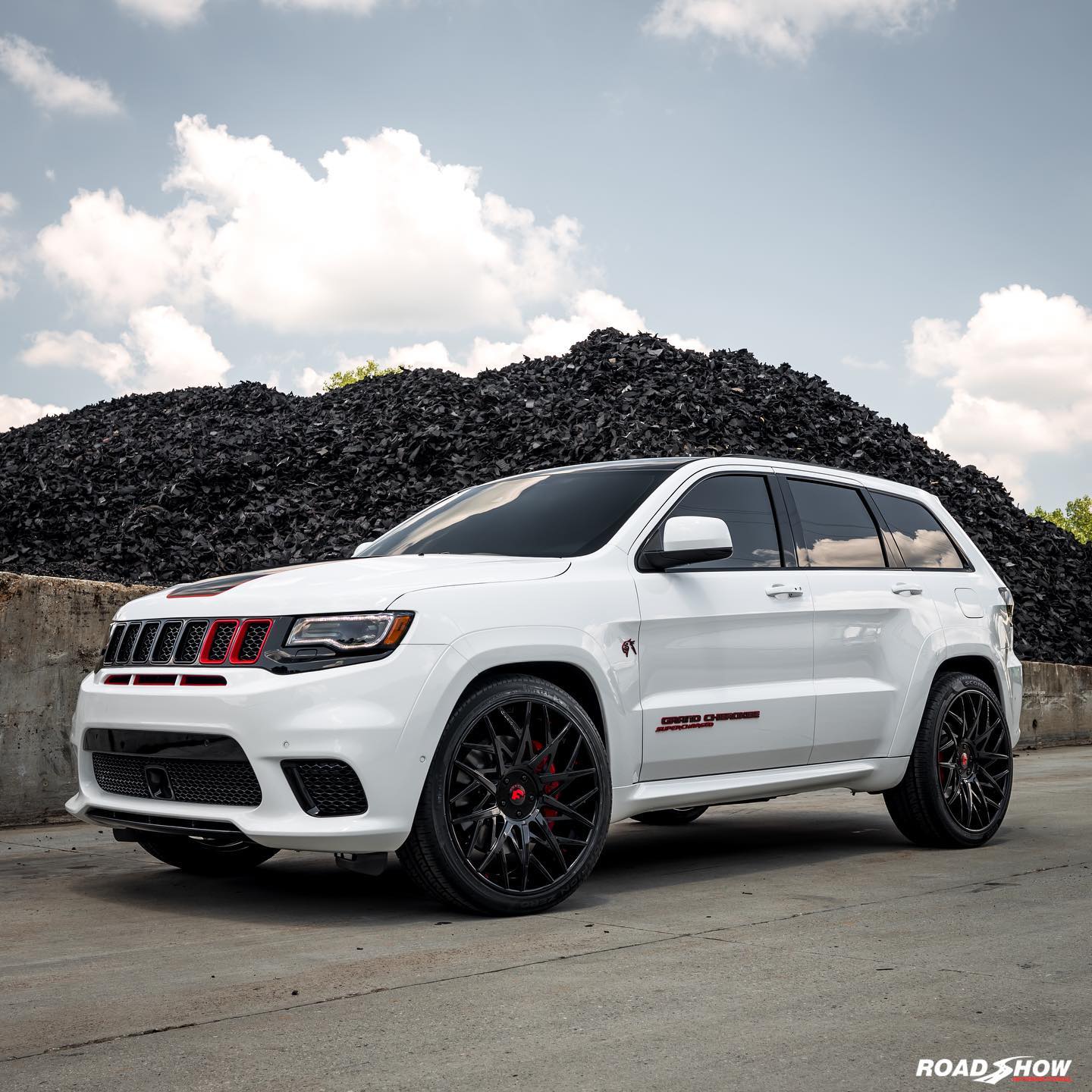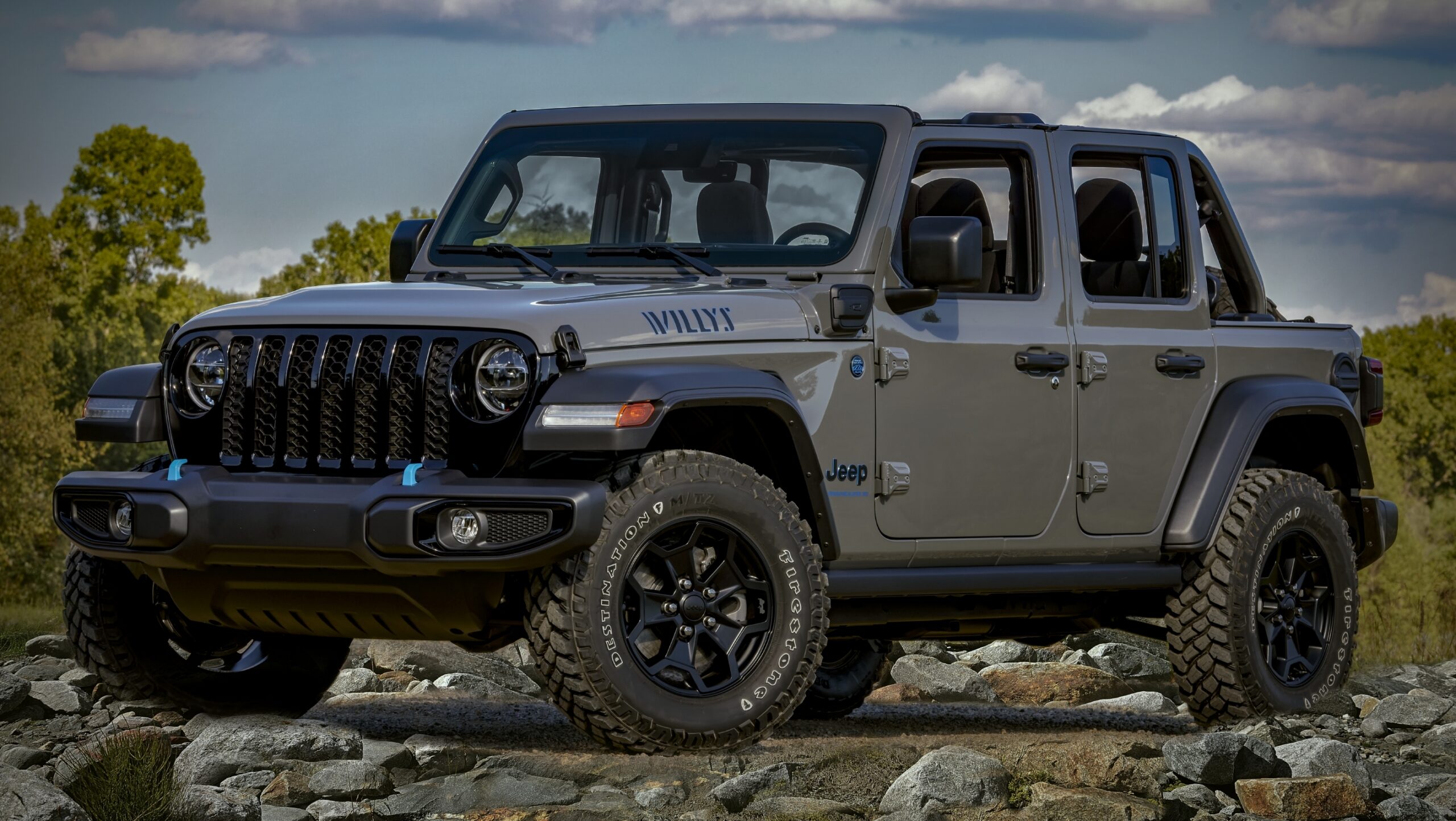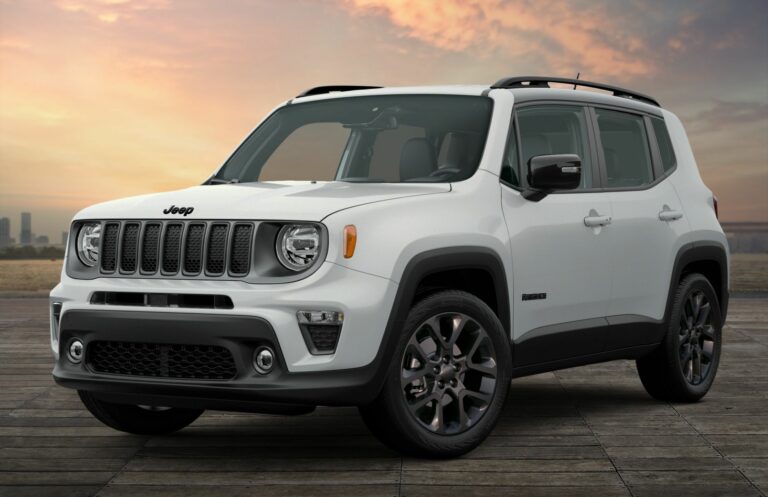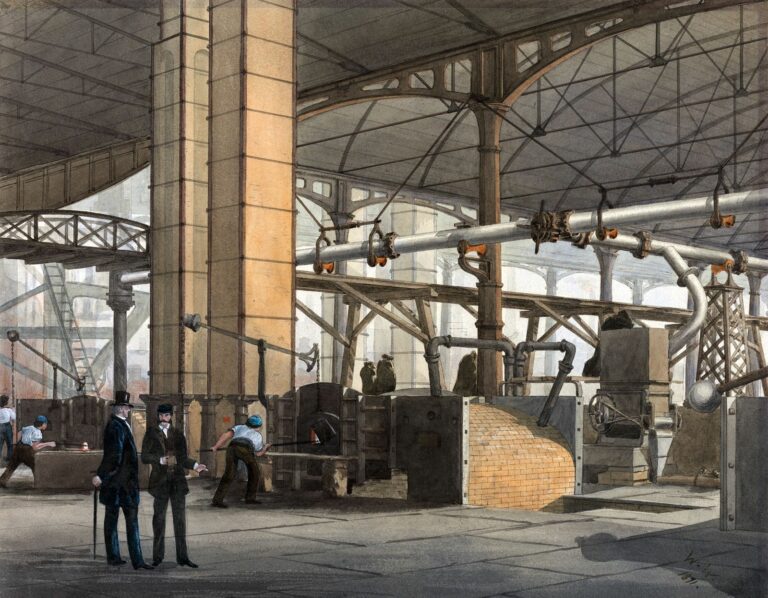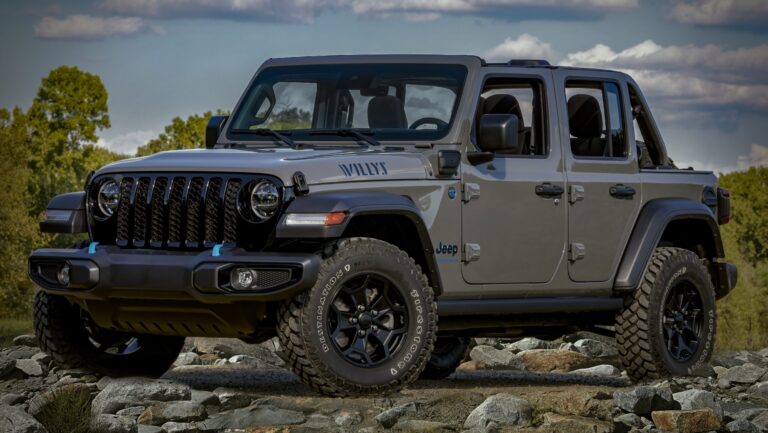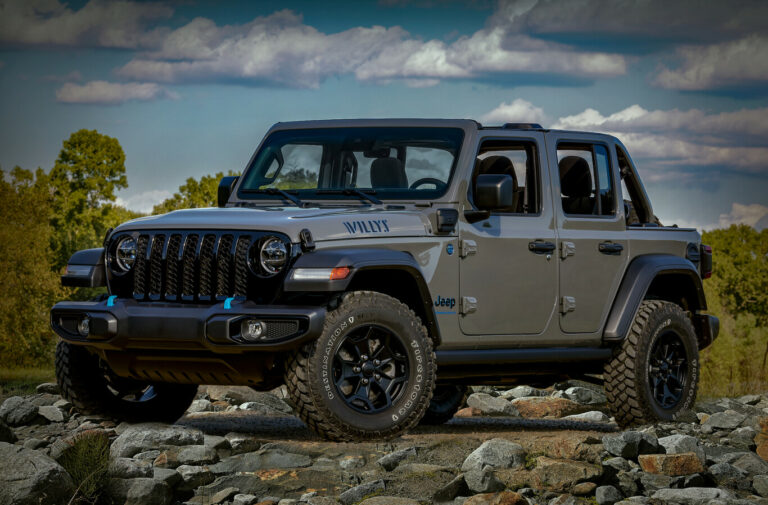Jeep Tornado 230 Engine For Sale: A Comprehensive Buyer’s Guide
Jeep Tornado 230 Engine For Sale: A Comprehensive Buyer’s Guide jeeps.truckstrend.com
Introduction: Unearthing a Classic Powerplant
For classic Jeep enthusiasts, restorers, and those seeking a period-correct heart for their vintage ride, the "Jeep Tornado 230 Engine For Sale" isn’t just a search query—it’s a quest. This robust inline-six overhead cam (OHC) engine, born from the Kaiser-Jeep era, powered a range of iconic vehicles, cementing its place in automotive history. While modern engines boast greater efficiency and power, the Tornado 230 offers a unique blend of heritage, distinctive sound, and a certain mechanical charm that resonates deeply with purists.
Jeep Tornado 230 Engine For Sale: A Comprehensive Buyer’s Guide
This comprehensive guide is designed to navigate the complexities of acquiring a Jeep Tornado 230 engine. Whether you’re looking for a direct replacement for your cherished Wagoneer, Gladiator, or J-series truck, or embarking on a meticulous restoration project, understanding the nuances of condition, availability, and cost is paramount. Join us as we delve into the world of this classic powerplant, providing actionable insights to help you make an informed and successful purchase.
The Enduring Legacy of the Jeep Tornado 230 Engine
The Tornado 230 engine, officially known as the OHC-6, was a groundbreaking design for its time, introduced by Kaiser Jeep in 1962. It was the first mass-produced overhead cam engine in the United States and featured a relatively advanced design compared to the flathead and pushrod engines it often replaced. With a displacement of 230 cubic inches (3.8 liters), it was known for its decent torque output and durability, making it well-suited for the workhorse Jeeps of the era.
This engine primarily powered the early Full-Size Jeep (FSJ) models, including:
- Jeep Wagoneer (SJ series): From 1963 to 1965, it was the standard engine.
- Jeep Gladiator / J-series Trucks (SJ series): Powering pickups from 1963 to 1965.
- Jeep FC (Forward Control) Trucks: Later models.
- Military M-series vehicles: Including the M715 and M725.

While its production run was relatively short (it was eventually replaced by AMC’s more conventional overhead valve (OHV) engines), the Tornado 230 left an indelible mark. Its unique OHC design, which aimed for better breathing and higher RPM capabilities than traditional pushrod designs, makes it a fascinating piece of engineering history. Today, its legacy lives on in the hands of dedicated enthusiasts who appreciate its originality and performance characteristics for period-correct restorations.
Why Seek a Jeep Tornado 230 Engine For Sale Today?
The decision to purchase a vintage engine like the Tornado 230 is often driven by a specific set of motivations:

- Authentic Restoration: For collectors and restorers, maintaining the originality of a classic Jeep is paramount. A period-correct Tornado 230 is essential for achieving a high level of authenticity, especially for show vehicles or those aiming for concourse standards.
- Direct Replacement: If your existing Tornado 230 has failed beyond repair, finding a good replacement core or a running engine is often the most straightforward path to keeping your vintage Jeep on the road without major modifications.
- Unique Driving Experience: The Tornado 230 has a distinct sound and feel that modern engines simply cannot replicate. For those who cherish the vintage driving experience, this engine is integral to that charm.
- Niche Appeal: Owning and maintaining a vehicle with a relatively rare OHC engine from the 1960s sets it apart. It’s a conversation starter and a testament to early American automotive innovation.
- Avoidance of Complex Swaps: While engine swaps are common, integrating a non-original engine often requires significant modifications to the transmission, mounts, wiring, and exhaust. Sticking with a Tornado 230 avoids these complexities.
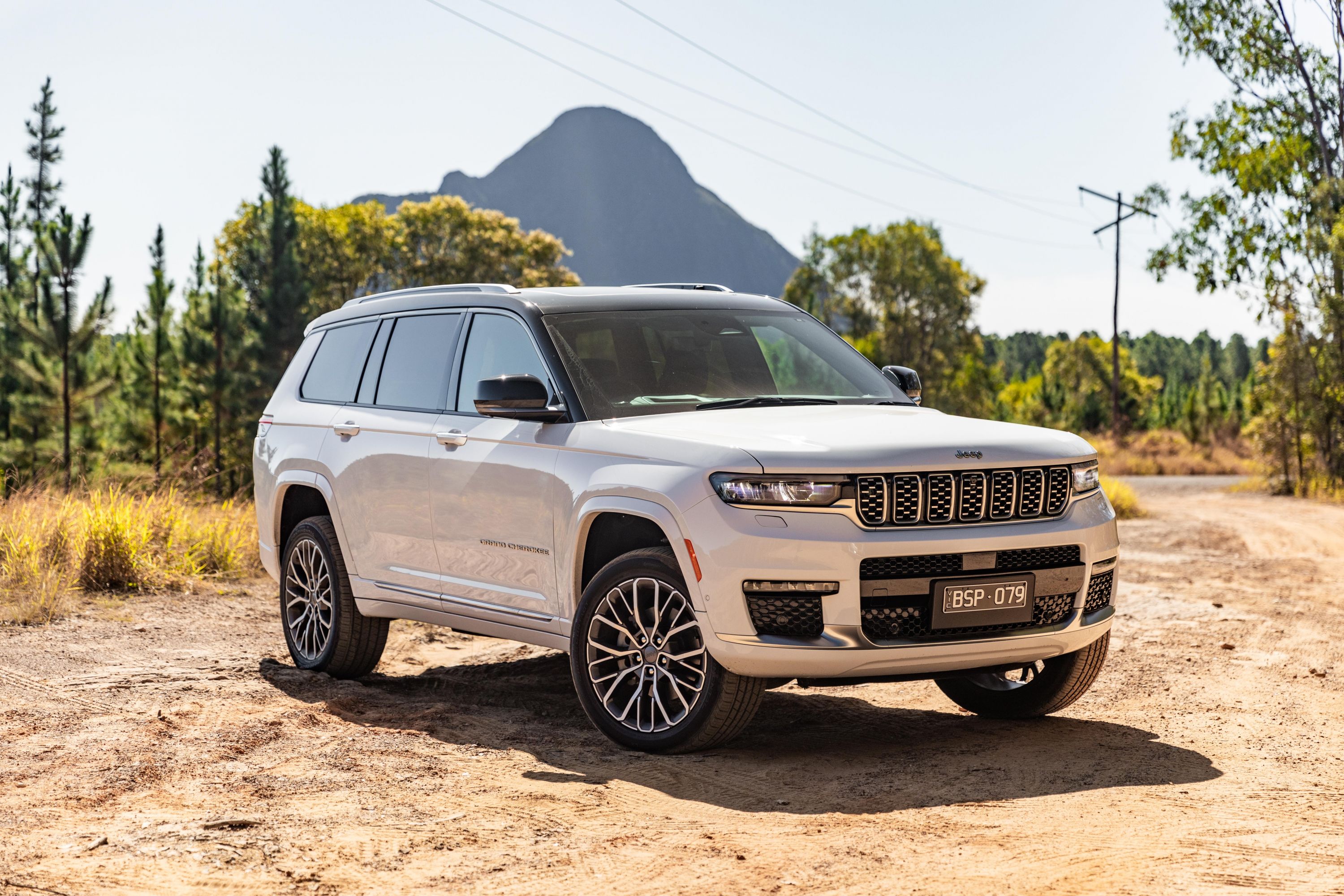
Understanding the Types and Conditions Available
When searching for a "Jeep Tornado 230 Engine For Sale," you’ll encounter various conditions, each with its own implications for cost, effort, and reliability:
-
Running Pull-Outs:
- Description: An engine removed from a vehicle that was recently running, often due to a body restoration, frame swap, or simply parting out a complete vehicle.
- Pros: Potentially ready to run with minimal work, allows for a test run (if possible) before purchase, often includes accessories.
- Cons: "Running" doesn’t mean "healthy." Could have low compression, oil leaks, or internal wear. No guarantee of longevity without a full inspection.
- What to Look For: Ask for videos of it running, compression test results, oil pressure readings, and details on any known issues.
-
Rebuildable Cores:
- Description: An engine that is not currently running, likely seized, disassembled, or simply in unknown condition, intended for a complete overhaul.
- Pros: Lower purchase price, allows you to rebuild it to your exact specifications, you know exactly what’s inside.
- Cons: Requires significant investment in parts and labor for a rebuild. Risk of finding irreparable damage (cracked block/head).
- What to Look For: Ensure the block and head are not cracked or severely corroded. Check for missing major components. A complete core is always better.
-
Rebuilt/Remanufactured Engines:
- Description: An engine that has undergone a professional overhaul, with new or reconditioned internal components, machining, and testing.
- Pros: "Bolt-in and go" potential (though break-in is still required), often comes with a warranty from the rebuilder, known good condition.
- Cons: Highest purchase price. Warranty terms can vary; ensure it covers what you need. Availability is generally lower.
- What to Look For: Request detailed build sheets, photos of the rebuild process, and warranty specifics. Research the rebuilder’s reputation.
-
New Old Stock (NOS):
- Description: A brand-new engine that was manufactured but never installed in a vehicle, stored for decades.
- Pros: The ultimate find for originality and condition.
- Cons: Extremely rare and command premium prices. Even NOS engines may need seals and gaskets replaced due to age.
Key Considerations Before Purchasing a Tornado 230
Acquiring a vintage engine requires diligence. Here are critical factors to consider:
-
Thorough Condition Assessment:
- Visual Inspection: Look for cracks in the block or head (especially around freeze plugs), evidence of major oil leaks, excessive rust, and signs of impact damage.
- Completeness: Does it come with the carburetor, distributor, intake/exhaust manifolds, fan, alternator, starter, and power steering pump (if applicable)? Missing accessories can add significant cost.
- Rotation: Can the crankshaft be turned by hand (with a wrench on the crank bolt)? If it’s seized, it’s likely a core.
- Oil and Coolant: Check the oil for milky consistency (head gasket failure) and the coolant for oil contamination.
-
Shipping and Logistics:
- The Tornado 230 is a heavy piece of machinery. Factor in freight shipping costs, which can be substantial.
- Ensure the seller can properly crate the engine for safe transport.
- Confirm pickup/delivery arrangements and access for freight trucks.
-
Budgeting for the Unexpected:
- The initial purchase price is just the beginning. Budget for:
- Shipping costs.
- Ancillary parts: New gaskets, seals, hoses, belts, plugs, wires, filters.
- Fluids: Oil, coolant.
- Potential rebuild costs: Even a "running" engine might need work.
- Tools: Specialized tools might be required.
- Labor: If you’re not doing the work yourself, factor in shop time.
- The initial purchase price is just the beginning. Budget for:
-
Documentation: Ask for any available history: where the engine came from, service records, or details about any previous rebuilds.
Where to Find a Jeep Tornado 230 Engine For Sale
Finding a Tornado 230 can be a treasure hunt. Here are the most common avenues:
- Online Marketplaces:
- eBay: Search regularly; new listings appear constantly.
- Craigslist/Facebook Marketplace: Search local listings; you might find a bargain or avoid shipping costs.
- Specialized Forums & Groups: Dedicated vintage Jeep or Kaiser Jeep Facebook groups and online forums are excellent places to connect with sellers and get leads.
- Vintage Jeep Parts Dealers: Some specialized classic Jeep parts suppliers may occasionally have rebuilt or good core engines in stock.
- Classic Car/Truck Salvage Yards: Less likely to find a running engine, but these can be good sources for rebuildable cores or specific ancillary parts.
- Swap Meets and Auto Jumbles: If you’re lucky, you might stumble upon one at a large automotive swap meet, but this requires being in the right place at the right time.
Tips for a Successful Purchase
- Ask for Pictures and Videos: Demand clear, high-resolution photos from multiple angles, and if possible, a video of the engine running or rotating.
- Communicate Clearly: Ask specific questions about the engine’s history, known issues, and why it’s being sold.
- Get a Pre-Purchase Inspection (If Possible): If the engine is local, consider hiring a mechanic experienced with vintage engines to inspect it.
- Verify Seller Reputation: Check reviews, ask for references, or look for feedback on online platforms.
- Be Patient but Decisive: Good engines don’t come along every day. Do your research quickly, but be prepared to act if a good deal arises.
- Factor in "Hidden" Costs: Always assume you’ll need to do some work, even on a "running" engine.
Potential Challenges and Solutions
- Parts Scarcity: This is the biggest challenge. Many components are no longer manufactured.
- Solutions: Search for New Old Stock (NOS) parts, connect with parts hoarders in online communities, explore reproduction parts (if available), or consider custom fabrication for certain items. For internal components, sometimes modern equivalents or slight modifications can work.
- Finding Qualified Mechanics: Not every mechanic is familiar with OHC engines from the 1960s.
- Solutions: Seek out shops specializing in vintage vehicles or those with older, experienced technicians. Leverage online forums for recommendations.
- Cost Overruns: Restoration projects, especially with vintage engines, can easily exceed initial budgets.
- Solutions: Set a realistic budget from the outset, including a significant contingency fund (20-30% of the estimated cost). Prioritize repairs and upgrades.
Price Table: Jeep Tornado 230 Engine For Sale Estimates
Please note: Prices are highly variable based on location, seller, completeness, and market demand. These are rough estimates for general guidance.
| Condition Category | Description | Estimated Price Range (USD) | Typical Availability | Key Considerations |
|---|---|---|---|---|
| Rebuildable Core | Seized, disassembled, or non-running engine. Requires full overhaul. Missing some accessories possible. | $300 – $1,000 | Moderate | Requires full tear-down, inspection for cracks, machining. High rebuild cost. Best for experienced restorers. |
| Running Pull-Out | Engine recently removed from a running vehicle. Condition varies widely. Often includes some accessories. | $800 – $2,500 | Moderate | Test run and compression check are critical. May still require significant seals/gaskets/carburetor work. Risk of hidden internal wear. |
| Professionally Rebuilt | Engine fully overhauled by a reputable shop. New/machined internals, often with a warranty. | $3,500 – $6,500+ | Low | Highest upfront cost. Request detailed build sheet and warranty terms. Verify rebuilder’s reputation. |
| New Old Stock (NOS) | Brand new, never installed engine. Extremely rare. | $7,000+ | Very Low | Collector’s item. Even NOS may need seals replaced due to age. Price highly negotiable based on rarity and completeness. |
Frequently Asked Questions (FAQ)
Q1: What vehicles originally used the Jeep Tornado 230 engine?
A1: The Jeep Tornado 230 (OHC-6) was primarily used in 1963-1965 Kaiser Jeep Wagoneers (SJ), Gladiator J-series trucks (SJ), some later FC (Forward Control) trucks, and military M715/M725 vehicles.
Q2: Is it hard to find parts for the Tornado 230?
A2: Yes, finding new parts for the Tornado 230 can be challenging due to its relatively short production run and unique OHC design. However, some common wear items (like gaskets, bearings, and seals) can be sourced from specialty suppliers or by cross-referencing. Internal engine components often require searching for NOS parts or using services for custom machining/reproduction.
Q3: Can I swap a Tornado 230 into a different vehicle?
A3: While technically possible, swapping a Tornado 230 into a non-original vehicle would be a custom project. It’s generally more complex than swapping a more common AMC or GM engine due to its unique mounting points, bellhousing pattern, and accessory setup. It’s usually pursued for period-correct custom builds rather than practical upgrades.
Q4: What’s the average cost of rebuilding a Tornado 230?
A4: The cost to rebuild a Tornado 230 can vary significantly based on the engine’s initial condition, labor rates, and parts availability. Expect to spend anywhere from $2,500 to $5,000+ for a comprehensive professional rebuild, assuming no major irreparable damage to the block or head. This is in addition to the core engine purchase price.
Q5: What should I look for when inspecting a "running" Tornado 230?
A5: Key things to look for include: evidence of major oil leaks, signs of coolant contamination in the oil or vice versa, strange noises (knocks, taps, excessive valvetrain noise), low or uneven compression, excessive smoke from the exhaust (especially blue or white), and overall cleanliness. Ask for a cold start video if possible.
Q6: Are there any common issues or weaknesses with the Tornado 230?
A6: Like many vintage engines, the Tornado 230 can suffer from wear related to age and neglect. Common issues include:
- Oil Leaks: Particularly from the valve cover, oil pan, and front/rear main seals.
- Valve Train Wear: Due to its OHC design, proper oiling and maintenance are crucial to prevent wear on the camshaft and rocker arms.
- Cooling System Issues: Rust and corrosion in the block and radiator can lead to overheating if not properly maintained.
- Carburetor Issues: The original carburetors often need rebuilding or replacement.
Conclusion: Reviving a Piece of Jeep History
The quest for a "Jeep Tornado 230 Engine For Sale" is more than just a transaction; it’s an investment in automotive heritage. This unique OHC powerplant represents a pivotal moment in Jeep’s history, offering a distinctive character that modern engines simply cannot replicate. While finding the right engine and bringing it back to life requires diligence, patience, and a realistic budget, the satisfaction of powering your vintage Wagoneer or Gladiator with its original heart is immense.
By understanding the engine’s legacy, knowing what to look for, and navigating the purchasing process with informed decisions, you can successfully acquire a Tornado 230. Embrace the journey of discovery and restoration, and soon you’ll be experiencing the authentic rumble of a true classic, ensuring a piece of Jeep’s past continues to roar into the future.
